8 Best Practices to Protect Your Computer From Phishing
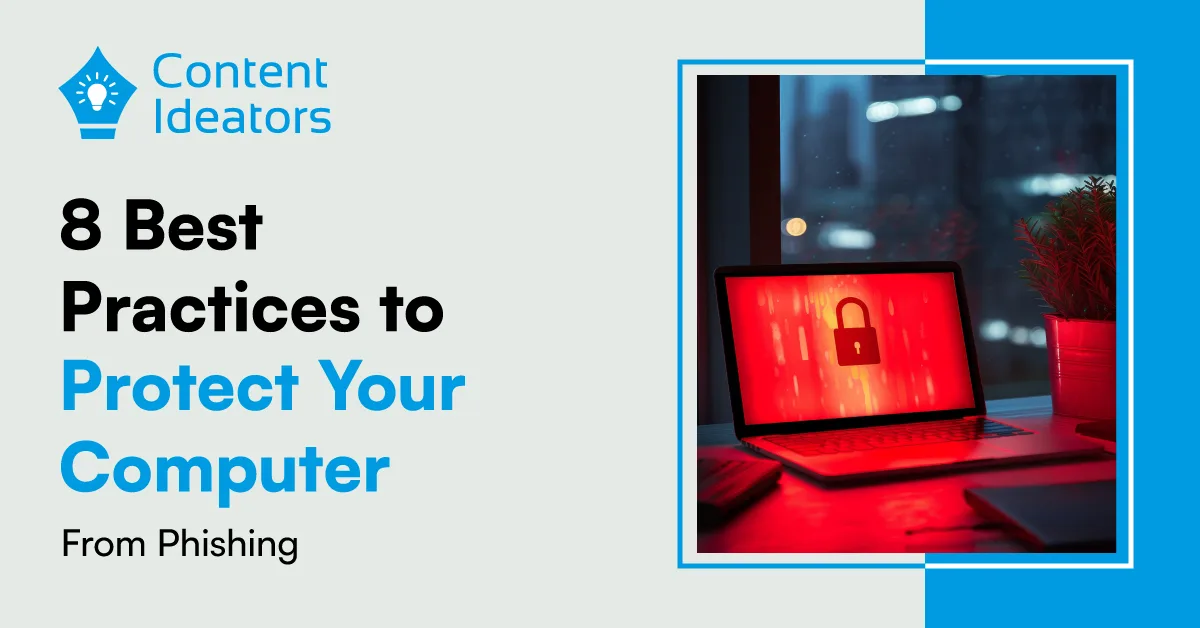 September 23, 2024
September 23, 2024Phishing attacks are more common than ever, targeting individuals through emails, social media, and even fake websites. Falling for these scams can lead to identity theft, financial loss, and unauthorized access to sensitive information.
To protect your computer from phishing, it’s essential to be proactive and aware of the latest threats. By following phishing prevention tips like recognizing suspicious emails, setting up multi-factor authentication, and using antivirus protection software, you can significantly reduce the risk of being targeted.
In this guide, we’ll explore effective ways to avoid phishing attacks and keep your personal information secure.
| # | Practices | To Prevent | Benefits |
| 1 | Recognize Phishing Scams | Email, SMS, and fake websites phishing | Helps you identify and avoid fraudulent messages or sites |
| 2 | Use Strong, Unique Passwords | Credential theft | Reduces risk of account hacking due to weak or reused passwords |
| 3 | Enable Multi-Factor Authentication | Unauthorized account access | Adds an extra layer of security to protect accounts |
| 4 | Keep Software and Antivirus Updated | Exploitation of outdated software vulnerabilities | Protects against known security flaws and new phishing tactics |
| 5 | Verify Email Senders and Links | Email phishing | Prevents clicking on malicious links or opening infected attachments |
| 6 | Avoid Sharing Personal Information | Identity theft and fraudulent websites | Protects sensitive data from being exposed in phishing scams |
| 7 | Conduct Regular Security Training | Phishing attacks on unaware users | Keeps you and your team updated on the latest phishing techniques |
| 8 | Backup Data Regularly | Data loss due to malware from phishing attacks | Ensures data recovery in case of a successful attack |
Recognize Phishing Scams and Attack Types
Phishing attacks can take on many forms, making it essential to identify different types of scams. Cybercriminals use emails, text messages, and fake websites to trick users into revealing personal information. Recognizing these threats is the first step to protect your computer from phishing.
Here are common types of phishing attacks to watch for:
- Email phishing prevention: Look for signs like unexpected attachments, suspicious links, and unfamiliar email addresses.
- Spear phishing: Targeted attacks that appear personalized, often impersonating someone you know.
- Smishing (SMS phishing): Fraudulent text messages asking for personal information.
- Pharming: Redirects you to a fake website to steal sensitive data.
1. Use Strong, Unique Passwords
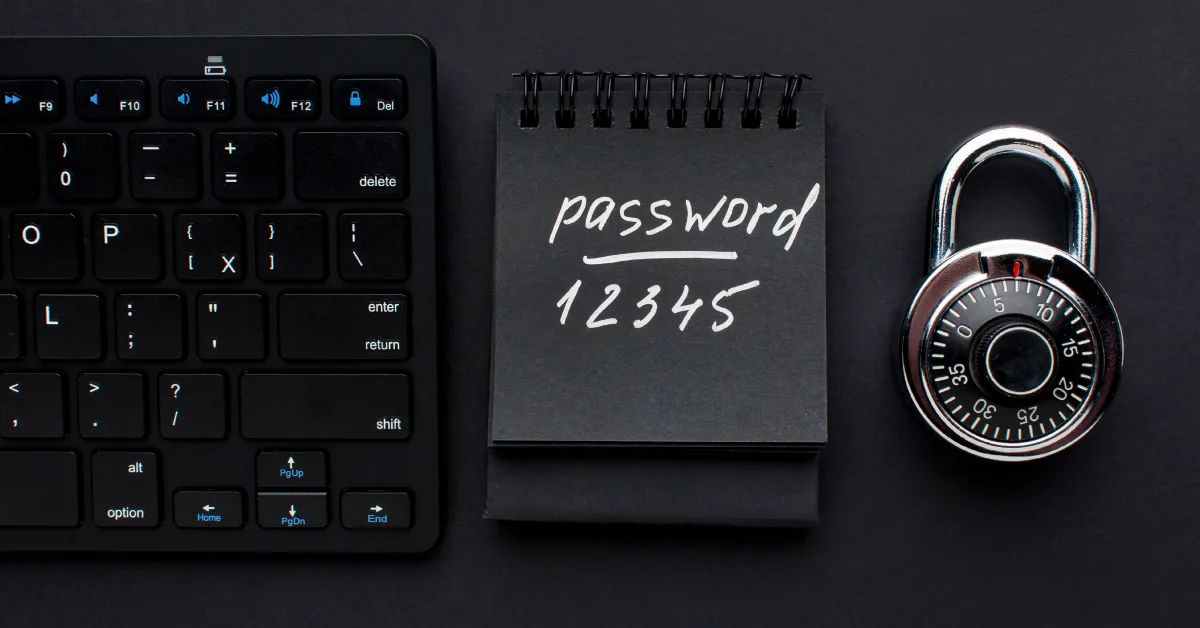
One of the easiest ways to protect your computer from phishing is by using strong, unique passwords for each of your accounts. Cybercriminals often rely on weak or reused passwords to gain unauthorized access. By following these phishing prevention tips, you can significantly reduce the risk:
- Create complex passwords with a mix of upper and lowercase letters, numbers, and symbols.
- Avoid using easily guessable information like birthdays or common words.
- Utilize a password manager to securely store and generate unique passwords.
- Regularly change your passwords to keep them secure and follow cybersecurity best practices for password protection.
2. Enable Two-Factor Authentication
Adding an extra layer of security is one of the most effective phishing prevention tips. Multi-factor authentication (MFA), also known as two-factor authentication (2FA), provides an additional step in protecting your accounts.
Here’s how MFA enhances phishing protection:
- Even if a hacker obtains your password, they still need the second factor, like a text message code or app-based verification.
- Enable MFA on important accounts such as email, banking, and social media platforms.
- For maximum security, use authentication apps instead of SMS to prevent interception.
3. Keep Software and Antivirus Updated
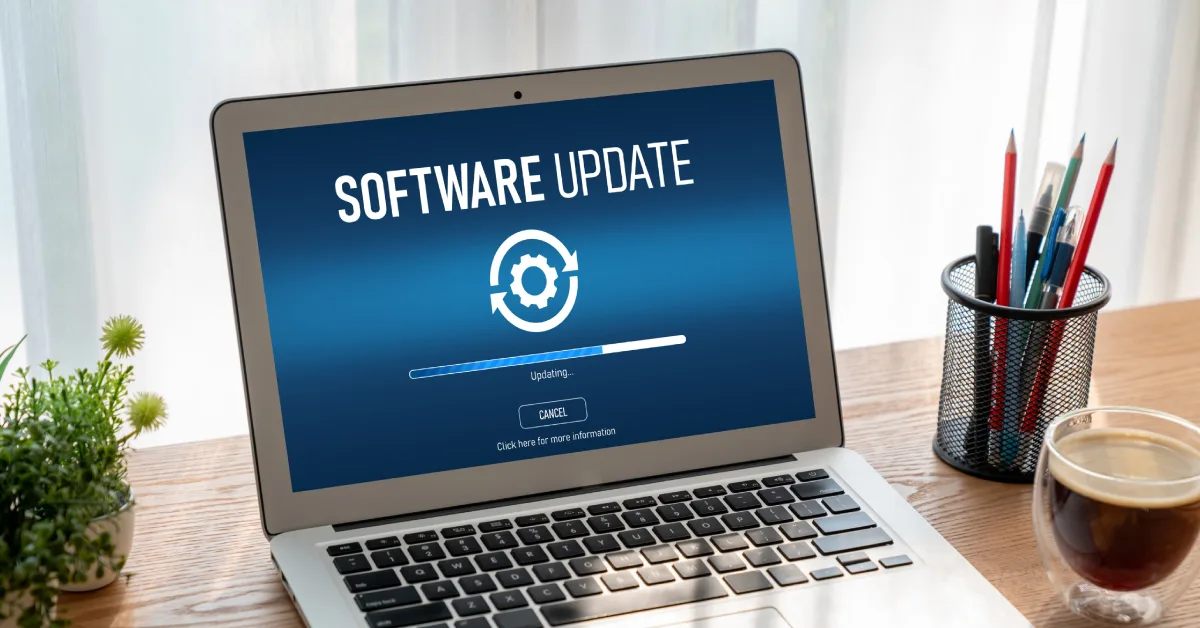
Outdated software is one of the most common vulnerabilities that hackers exploit in phishing attacks. To protect your computer from phishing, always keep your operating system, applications, and antivirus protection software up to date.
Here’s why updates are essential for phishing protection:
- Updates often include patches for security flaws that phishing scams exploit.
- Antivirus protection software can detect and block malicious phishing links and malware.
- Regular updates ensure that phishing detection tools stay current with new phishing methods.
4. Verify Email Senders and Links
A common phishing tactic involves sending emails that appear to be from trusted sources, tricking recipients into clicking malicious links or sharing sensitive information. To effectively protect your computer from phishing, always verify the sender and scrutinize the content.
Here are a few phishing prevention tips:
- Check the sender’s email address carefully. Look for small changes, like swapped letters or unfamiliar domains.
- Hover over links to see where they lead before clicking.
- Avoid downloading attachments from unknown or suspicious sources.
5. Avoid Sharing Personal Information Online
Sharing personal information online can lead to identity theft and phishing attacks. To protect your computer from phishing and safeguard your data, avoid disclosing sensitive details, especially over email or unsecured websites.
Here are some phishing prevention tips:
- Always use secure websites (look for HTTPS) when conducting secure online transactions.
- Avoid filling out forms that ask for passwords, financial information, or social security numbers via email.
- If you’re unsure, contact the company directly through official channels to verify the request’s authenticity.
6. Avoid Sharing Personal Information Online
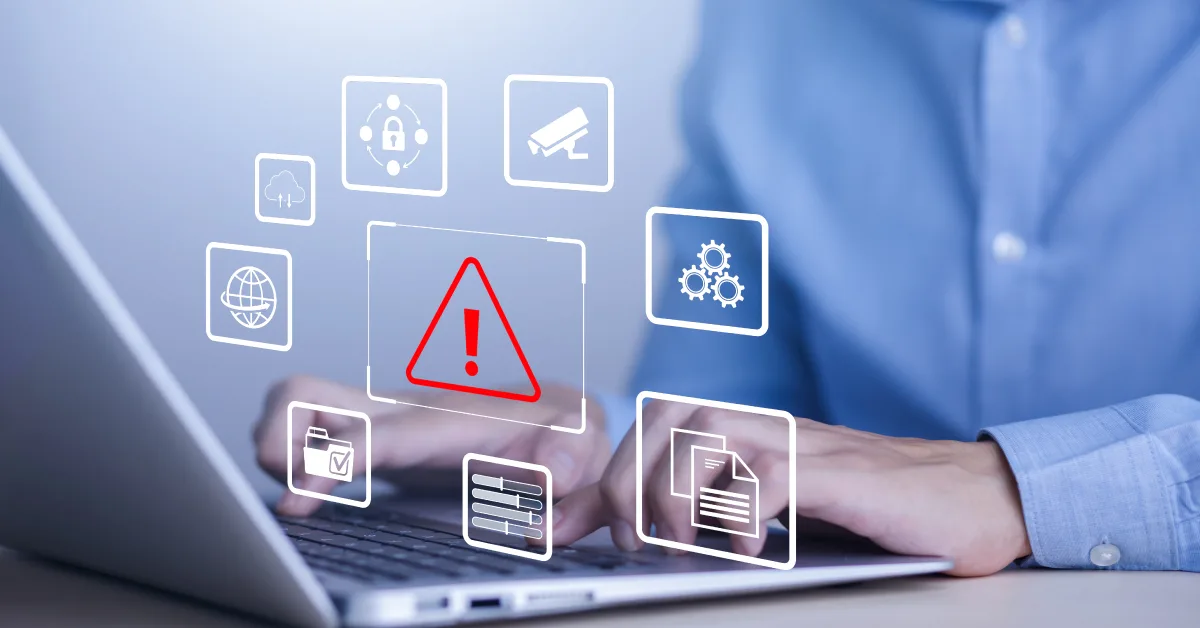
Sharing personal information online can make you vulnerable to phishing attacks. To effectively protect your computer from phishing, follow these simple steps:
- Use secure websites: Ensure the website has HTTPS encryption when performing secure online transactions.
- Avoid sharing sensitive details via email: Never provide passwords, financial details, or personal information over email.
- Verify requests: If you receive a suspicious request for personal information, contact the company through official channels to confirm its legitimacy.
7. Conduct Regular Security Awareness Training
Regular training is essential to protect your computer from phishing and strengthen your overall security. Key phishing prevention tips include:
- Phishing awareness training: Educate yourself and your team about recognizing phishing emails, suspicious links, and fraudulent websites.
- Simulated phishing tests: Regularly run mock phishing campaigns to measure how well employees or individuals respond.
- Stay updated: Ongoing training ensures everyone is aware of the latest cybersecurity best practices and phishing tactics.
8. Backup Data Regularly
Backing up your data ensures you remain protected, even if a phishing attack occurs. Follow these phishing prevention tips:
- Use data backup solutions: Regularly backup files to both cloud storage and physical devices.
- Schedule automatic backups: This reduces the risk of data loss during phishing attacks.
Conclusion
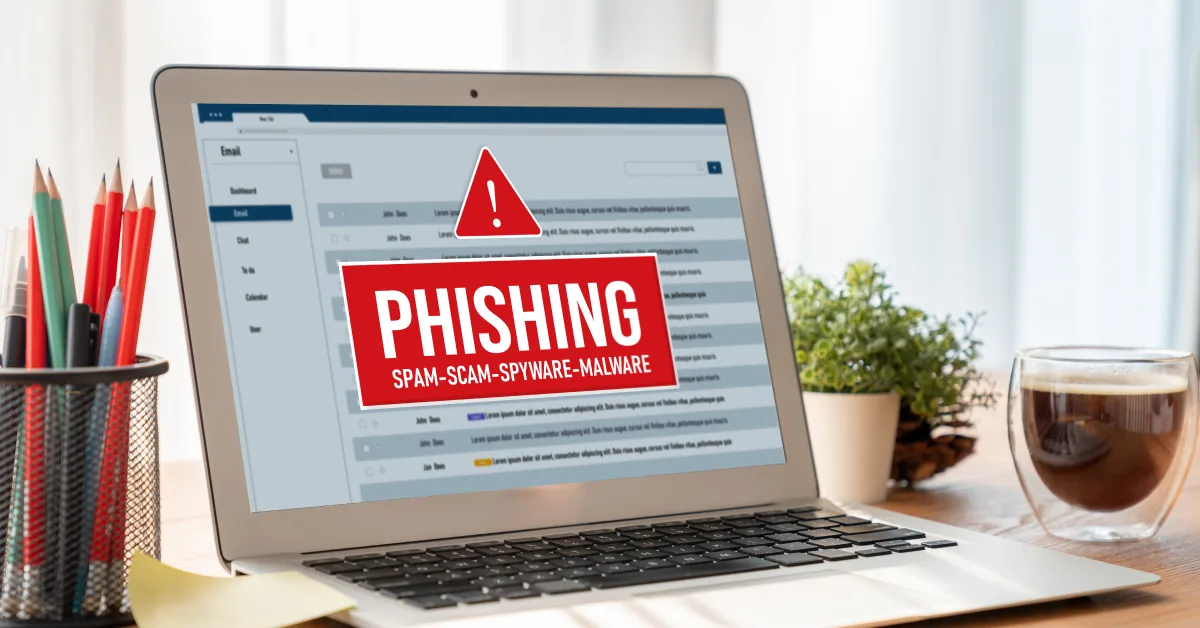
Phishing remains a significant threat, but by following key phishing prevention tips, you can effectively protect your computer from phishing. Incorporate multi-factor authentication, keep software updated, verify email senders, and conduct phishing awareness training. These proactive steps enhance your phishing protection and help you confidently avoid phishing attacks.
This article is written by Content Whale, a leading content writing agency specializing in creating high-quality, SEO-optimized content that drives traffic and boosts online visibility. Our team of experts delivers insightful and actionable content on topics like cybersecurity, helping businesses stay secure and informed. Let Content Whale support your content strategy with expertise designed to meet your business goals.
FAQs
1. How can I spot a phishing email?
Spot phishing emails by looking for suspicious sender addresses, grammar errors, and links that don’t match their claims. Always hover over links before clicking, and never download attachments from unknown sources to ensure effective email phishing prevention.
2. What is two-factor authentication, and why is it important?
Multi-factor authentication adds an extra layer of protection by requiring not only a password but also a second verification step, like a code sent to your phone. This significantly enhances your phishing protection by making it harder for attackers to access your accounts.
3. Should I report phishing attempts to authorities?
Yes, reporting phishing attempts helps prevent future attacks. It can also help authorities track and shut down phishing scams. This step is a key part of cybersecurity best practices and strengthens collective efforts to avoid phishing scams.
4. How does updating software help protect against phishing?
Updating software ensures your system is equipped to handle the latest threats. Regular updates patch security vulnerabilities and enable antivirus protection software to better detect phishing attempts, keeping you safe from evolving tactics used by cybercriminals.
5. Is antivirus software effective against phishing scams?
Yes, antivirus protection software plays a vital role in phishing protection by detecting malicious links, blocking fraudulent websites, and preventing malware from infecting your system. Always keep it updated for the best defense against phishing attempts.